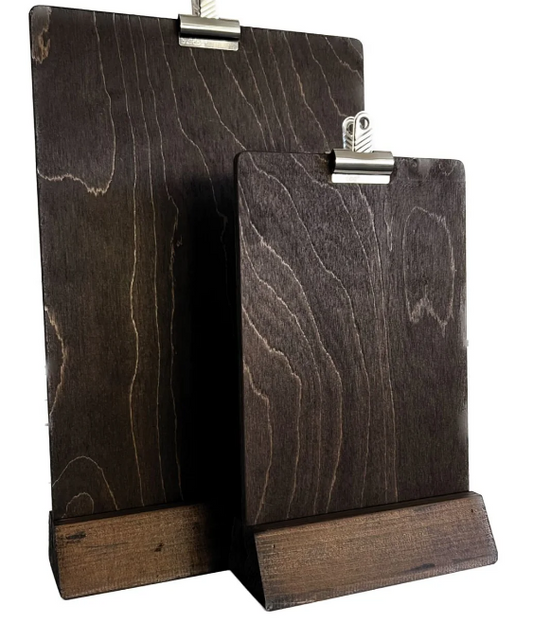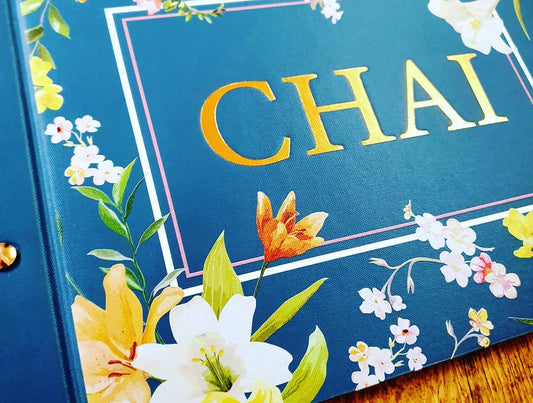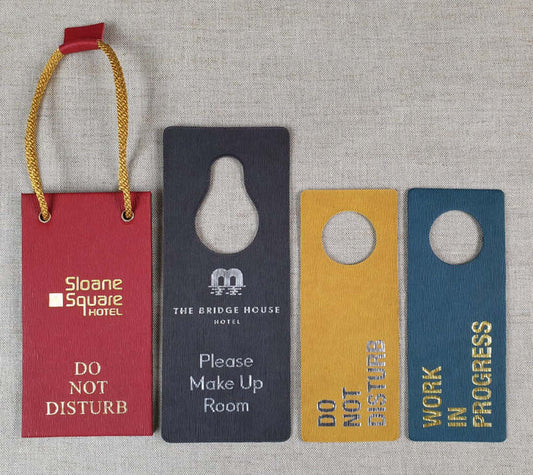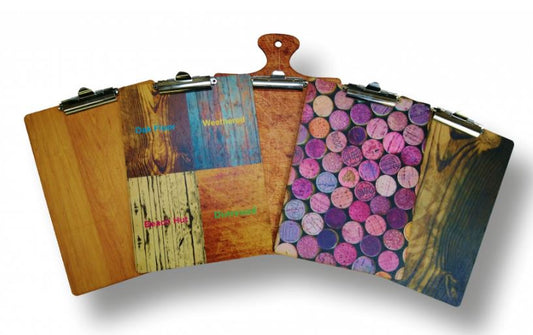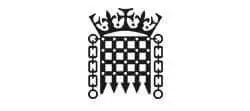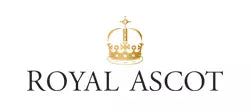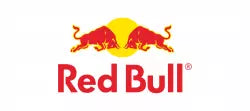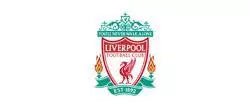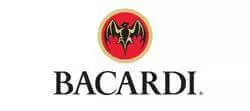Your choice of colours for your restaurant is crucial, especially in your menu design. Otherwise called “chromatics”, colour affects the reactions of your customers’ subconscious. It impacts their emotions, behaviour and visual perception.
Are you choosing a colour for the design of your restaurant menu? This article will guide you through your preferences.
Guide To Choosing Your Menu Design Colours
Red
This colour incites energy and passion. When it comes to food, red stimulates the appetite. When people in your establishment see this shade, it boosts their energy. By increasing the heart rate and elevating the nerve impulses, red signals that someone is ready to feast and it arouses the neurons.
You might have noticed that a majority of fast-food chains incorporate the colour red in their logos. It’s because when you see that tone, you correlate it with tender meat, a sweet candy or a juicy strawberry. Being an intense colour, it elicits a quick reaction or an urgent response.
Blue
Conservative brands often choose the colour blue because it denotes security and trust. However, assimilating it into a restaurant business may not be the best choice.
Primarily, blue quells the appetite and represses hunger. To put it bluntly, this colour is the most unappetizing.
Blue, in relation to food only garnered success with the introduction of the blue M&M. Then again, it isn’t likely to be effective in anything else except a blue candy. Most of the time, when people see this shade, they are reminded of spoiled foods. Blue in your restaurant menu, table cloths and walls can actually hinder the appetite of your customers.
On a positive note, blue can be associated with low-calorie and weight-reducing foods, and as commonly hinting at the colour of water, this colour can signify that food, especially seafood, is fresh. Shades of blue in your establishment give the message that quality matters over quantity.
Orange
Some sources say that you should never wear orange to an interview because it would make you appear unprofessional. However, this colour has an energizing, fun and optimistic effect. Be careful in using it, though, because its negative connotations include being immature and superficial.
When you think of oranges, what might pop into your mind is orange juice. It rouses impulse and is deemed as a comfortable colour. One’s senses are stimulated when one see orange, and this is vital in a restaurant experience.
Orange stimulates appetite and conversation and is known to boost sales in dining businesses such as bistros, diners and cafes.
If customers in your restaurant are surrounded by the orange colour, they are worked up to eat, talk and stay in the premises and therefore spend more money. For the most part, this colour represents good value.
Yellow
This is known to be a happy and uplifting colour. It also signifies youthfulness, optimism and enthusiasm. The drawback, however, is that it may appear inexpensive.
Yellow screams youthfulness, but in the food industry, it may be mistaken because it shows naivete or unsophistication.
Yellow stimulates the analytical side of the brain but disconnects one with its creative side. So be careful because food is essentially about creativity.
Fast food restaurants can nevertheless make use of this colour because of its ability to cause uneasiness. It would be practical for a fast customer turnaround.
Green
There are many aspects that signify the colour green such as wealth, balance, harmony, relaxation, nature, creativity and the environment.As you may have been aware, healthy, vegetarian and fresh foods are associated with this colour, and it implies good taste.
Green, as a colour, takes on different meanings. Denoting nature, brings about relaxation. The large worldwide coffee chain Starbucks, for example, establishes this colour in its logo basically because it is hinting customers to sit down and relax.
Major organic food brands likewise generally use green.
Pink
Pink as colour comes off to be sincere and romantic. It is also calming and represents the feminine.
When relating to food, this colour means something sweet and even pig skin. Feminine brands are portrayed by pink.
You may initially associate this shade with unnatural and unhealthy foods, but it has calming and settling properties. Pepto Bismol, for one thing, is coloured pink- but it is not food.
So it may not be an ideal option to use pink for your restaurant branding unless your business is selling sweets or a bakery.
Black
This colour is appealing as a classic. Although quite cold, it represents strength, authority, power and sophistication.
Gregg Rapp, a well-known menu engineer cited that black ink printed on white paper portrays the most contrast and will make your menu very legible. Black and white in your logo exhibit simplicity. It exudes a chic appeal if you leave out the colour.
In the list of the World’s 50 Best Restaurants, you’ll notice that most of these businesses have a black logo. It’s mainly because it demonstrates simplicity and sophistication.
Black-coloured food is not the most desirable, but certain selections are acceptable, such as squid ink pasta, burnt ends, black liquorice, kalamata olives and Jack Daniels and black rum.
Grey- Silver
The psychological properties of grey-silver include maturity, reliability and solidarity. Steer clear of overusing it though because it can exude depression and no emotion.
You wouldn’t normally see foods that are coloured grey. Otherwise, they are combined with accent colours which can be attractive as there is contrast.
Usually, tea packaging is coloured grey, making it look earthy and signifying natural ingredients.
You might have come upon a dish served on a stone-like plate, and it has a certain appeal.
Then there is the more popular silver that represents class and cleanliness such as when you think of stainless steel counters. There’s also tin packing and silver bottles that mean cleanliness and hygiene.
Conclusion
Choosing the right colours for your restaurant menu, accessories, interior and other equipment is important. You’ll want to create the aptest reaction and influence your audience in the most effective ways. Your objective is primarily to entice them to enjoy their experience in your establishment and keep on returning.


